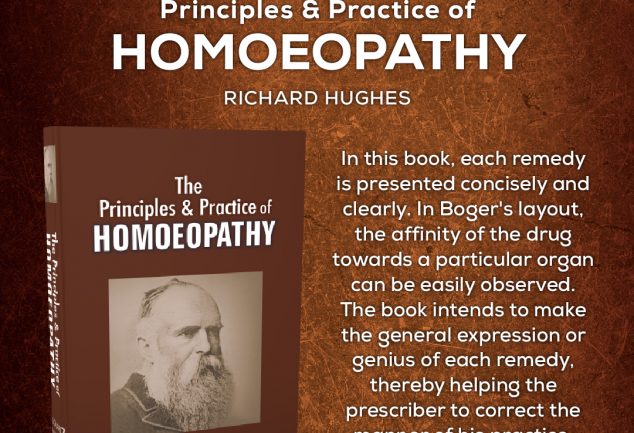"by Richard Hughes"

About Book
The essential character of Hughes’ homeopathy was that it stood at the scientific end of the homeopathic spectrum of opinion.
He put the similia principle at the center of the scene. He said it was not a law of nature as Hahnemann claimed, but simply a rule of thumb: a master key to be tested in the therapeutic lock. Hughes believed that if you are serious about the idea of similia, you should consider the pathology. Hughes believed that drugs should be chosen not only based on the subjective symptoms they produce but also based on their known pathological effects in humans and even animals.
Hughes also insisted that when trying to find the correct remedy, you must consider the timeline in which symptoms appear. It was not enough to look at the lists of symptoms recorded in the tests. Each disease has its own characteristic sequence of symptoms and an attempt should be made to find a cure with a similar pattern of symptom development.
Hughes examined Hahnemann’s writings as a whole. He carefully traced how Master’s thought had evolved over the years and was not afraid to say how he thought it had changed for the worse. He pointed out the fact that Hahnemann established the rule that the 30th potency should be used for all purposes has fossilized homeopathy in the most undesirable way.
About Author:
RICHARD HUGHES : He was born on August 20, 1836 in London, England. He received his education in Edinburgh, Scotland. In 1867, he wrote ‘Manual of Pharmacodynamics’ & ‘Manual of Therapeutics’. He worked as an officer for the British Homoeopathic Society. He was the editor of British Journal of Homoeopathy. He also edited the 6 volumes of ‘Cyclopedia of Drug Pathogenesy’ & worked with T.F. Allen on his 10 volumes of ‘Encyclopedia Materia Medica’. He rendered immeasurable aid to Dr. Dudgeon in translating Hahnemann’s ‘Materia Medica Pura’ into English.





